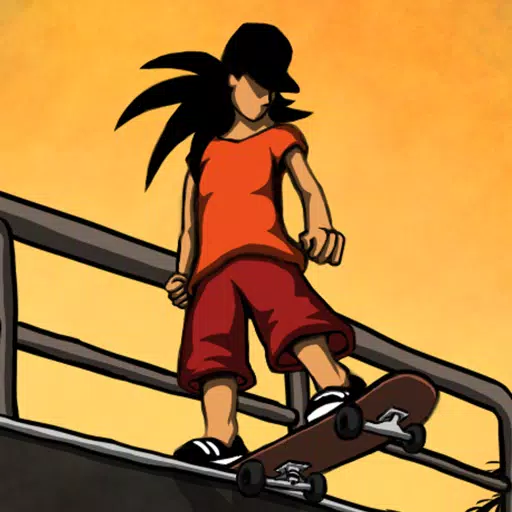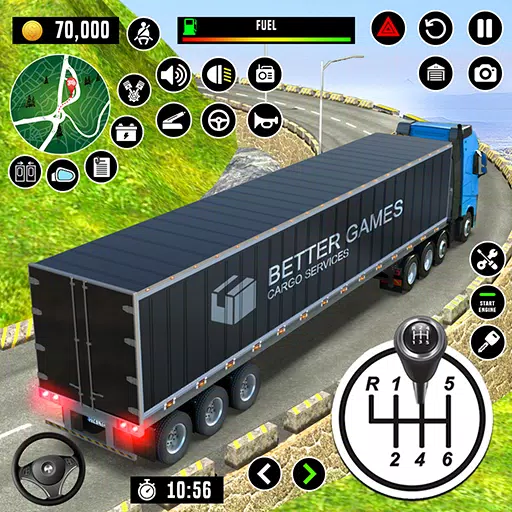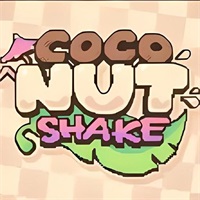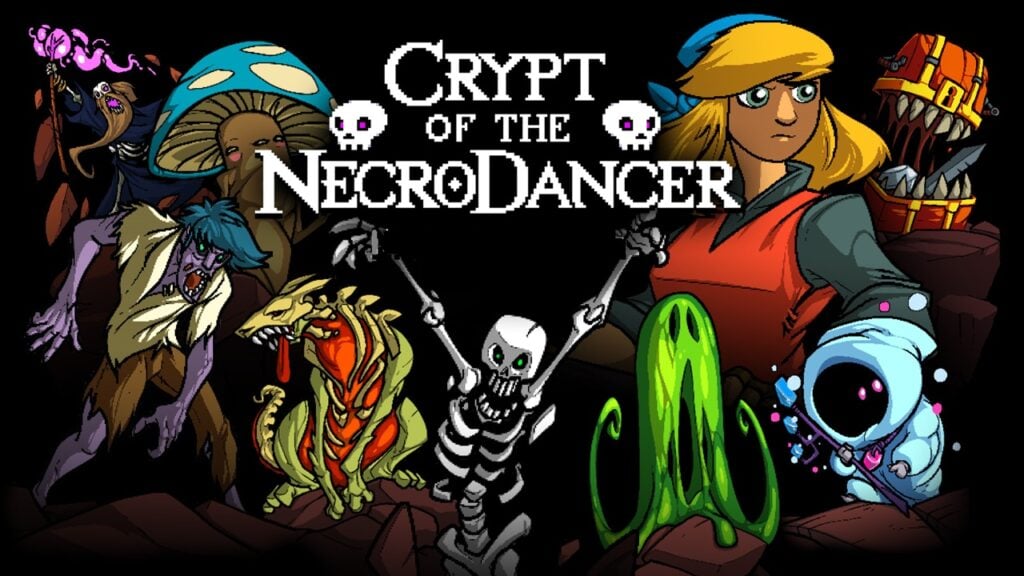Minecraft: From Humble Beginnings to Global Phenomenon
Minecraft's journey to global gaming dominance is a fascinating tale of ingenuity and community building. Launched in 2009 by Markus "Notch" Persson, the game's initial success was far from guaranteed. This article explores the key milestones in Minecraft's evolution, from its inception to its current status as a cultural icon.
Table of Contents
- Initial Concept and Development
- Cultivating a Dedicated Player Base
- Official Release and Worldwide Expansion
- Minecraft Versions Across Platforms
Initial Concept and Development
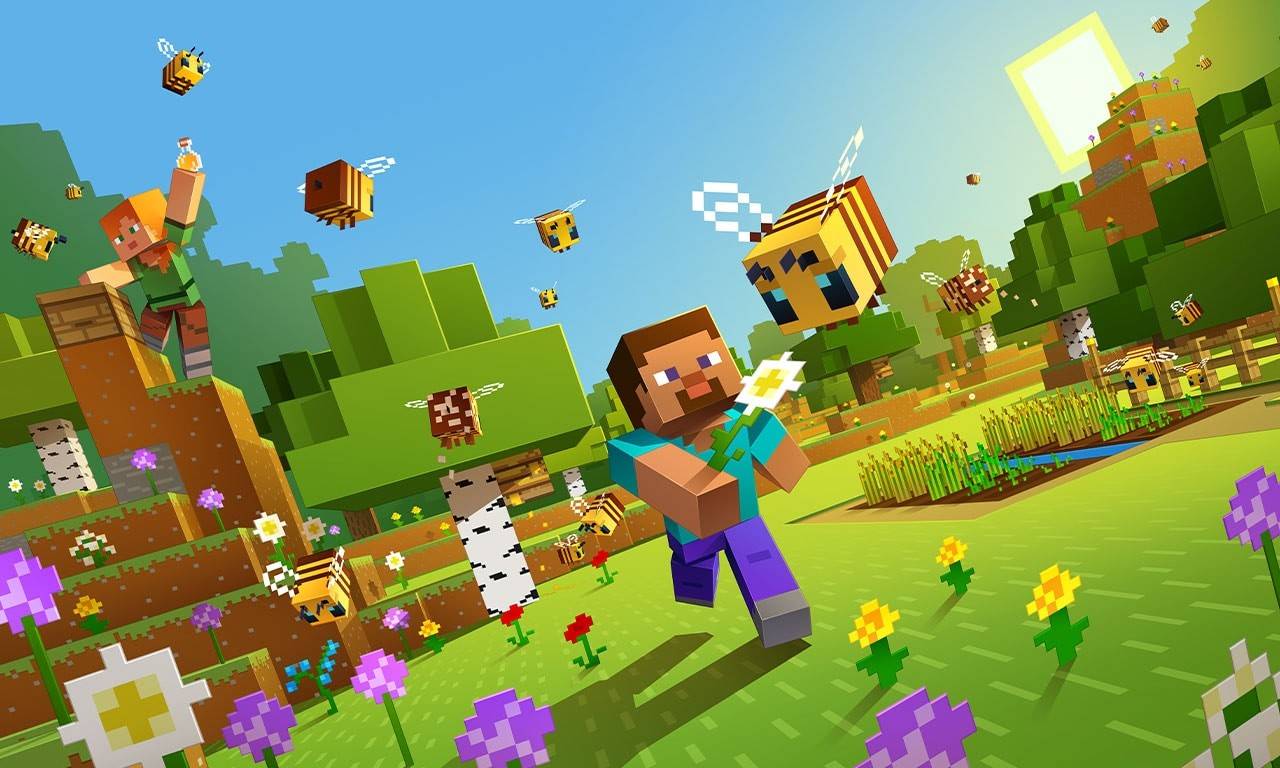 Image: apkpure.cfd
Image: apkpure.cfd
Inspired by games like Dwarf Fortress, Dungeon Keeper, and Infiniminer, Notch envisioned a game emphasizing freedom of creation and exploration. The alpha version, released May 17, 2009, was a simple, pixelated sandbox experience. Its innovative building mechanics quickly captivated players, laying the foundation for future growth.
Cultivating a Dedicated Player Base
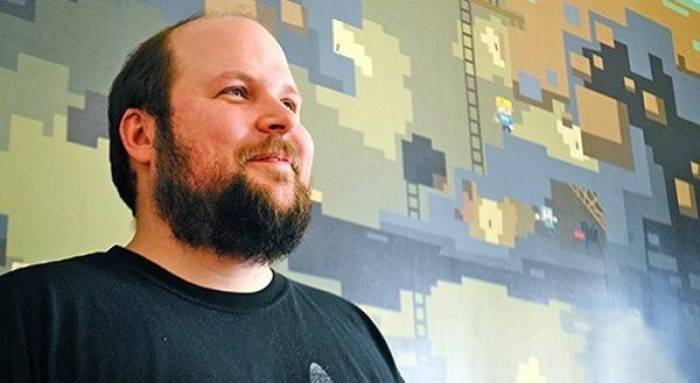 Image: miastogier.pl
Image: miastogier.pl
Word-of-mouth marketing and online player communities fueled Minecraft's rapid rise in popularity. Transitioning to beta in 2010, Notch founded Mojang Studios to fully dedicate himself to the project. The game's unique blend of creativity and open-ended gameplay resonated deeply with players, who built everything from homes to replicas of famous landmarks. The introduction of Redstone, a material allowing for complex mechanisms, further enhanced the game's depth and replayability.
Official Release and Worldwide Expansion
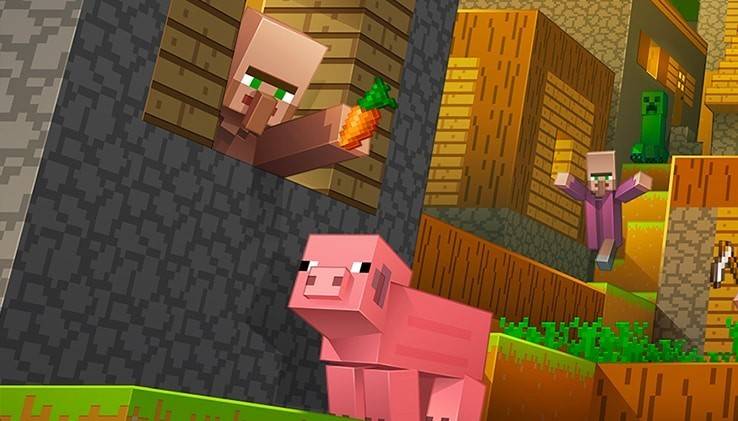 Image: minecraft.net
Image: minecraft.net
The official release of Minecraft 1.0 on November 18, 2011, cemented its place in gaming history. Millions of players had already joined the burgeoning community, creating a vast ecosystem of mods, custom maps, and even educational projects. Mojang's strategic partnerships expanded Minecraft's reach to consoles like the Xbox 360 and PlayStation 3 in 2012, introducing the game to a wider audience and further solidifying its global appeal.
Minecraft Versions Across Platforms
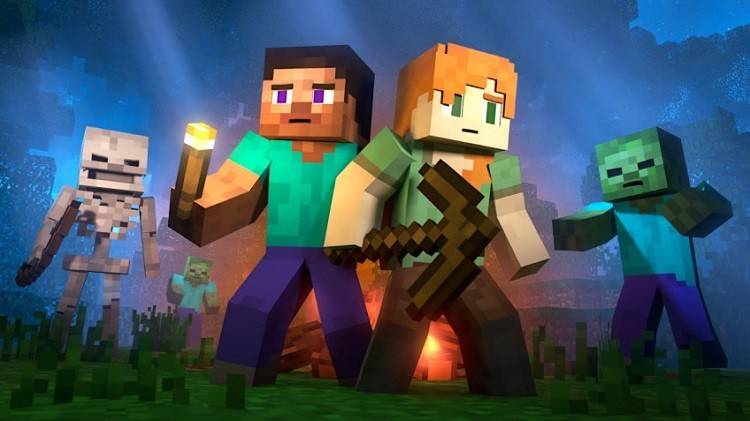 Image: aparat.com
Image: aparat.com
The following table summarizes key Minecraft versions released since the initial launch:
| Version Name | Description |
| Minecraft Classic | The original free version. |
| Minecraft: Java Edition | Initially lacked cross-platform play; now includes Bedrock Edition features. |
| Minecraft: Bedrock Edition | Cross-platform compatible with other Bedrock versions; PC version includes Java features. |
| Minecraft Mobile | Cross-platform compatible with other Bedrock versions. |
| Minecraft for Chromebook | Chromebook-specific version. |
| Minecraft for Nintendo Switch | Includes the Super Mario Mash-up pack. |
| Minecraft for PlayStation | Cross-platform compatible with other Bedrock versions. |
| Minecraft for Xbox One | Partially Bedrock; no longer receiving updates. |
| Minecraft for Xbox 360 | Support discontinued after the Aquatic Update. |
| Minecraft for PS4 | Partially Bedrock; no longer receiving updates. |
| Minecraft for PS3 | Support discontinued. |
| Minecraft for PlayStation Vita | Support discontinued. |
| Minecraft for Wii U | Offered off-screen play. |
| Minecraft: New Nintendo 3DS Edition | Support discontinued. |
| Minecraft for China | China-specific version. |
| Minecraft Education | Educational version used in schools and learning environments. |
| Minecraft: PI Edition | Educational version for Raspberry Pi. |
Minecraft's enduring success stems from its continuous evolution, community engagement, and its ability to transcend the boundaries of a simple video game. With ongoing updates and a dedicated player base, Minecraft's legacy continues to grow.
 Home
Home  Navigation
Navigation






 Latest Articles
Latest Articles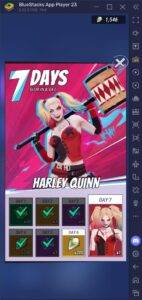
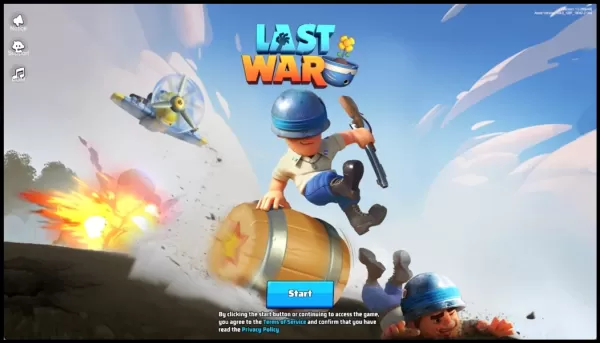









 Latest Games
Latest Games
